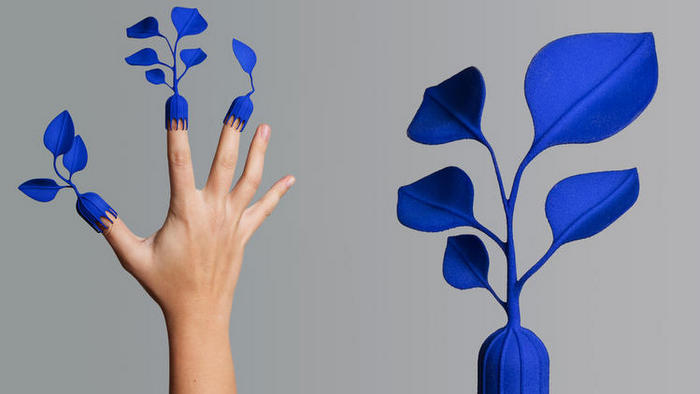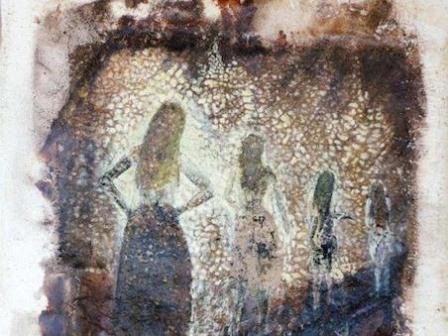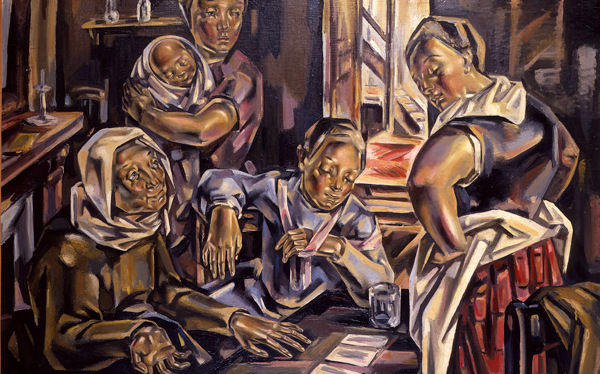By: Virinia Alberdi
Cuban painting is represented from now on in the repertoire of images exhibited at China Contemporary Arts Museum by a work from Li Domínguez Fong, highly appreciated by the curators of the institution after having admired it at the 6th International Arts Biennial of Beijing, which was inaugurated last September at the National Arts Museum of the Asian country.
Characterized as one of the institutions of greater development in that nation, the Contemporary Arts Museum, established at the Chinese capital, acquired the piece Back in time (Volviendo en el tiempo) from the young Cuban creator, not only for its depurated performance, but for considering it an example of the vitality of arts in a distant Island but at the same time, close in shared feelings.
Li Domínguez Fong (La Habana, 1978), graduated from San Alejandro Academy, is one of the two Cubans admitted at the Beijing Biennial and he counts with a considerable career with participations in shows and arts fair. Camagüey born artist Chuli Herrera also classified with him with a realistic style picture.
The huge event in Beijing gathers this time, after a rigorous selection, 688 works of artists from 96 countries, which turns this Biennial into one of the greatest reach and extension of its kind in the world, according to the extraordinary boom of the arts market in this territory.
Li’s piece, a rectangular canvas of something more than one square meter surface (120 cm x 95 cm) shows the image of a woman’s back that replicates herself over a wood footbridge. The elaborated texture of the canvas and the tonal chromatic gradation of the silhouettes poetically suggest the inverse course of time, as some kind of Carpentier-like travel to the seed. The contemplation and the evocation of time provoke nostalgia in the present.
The curators of the Contemporary Arts Museum, who attended the Biennial to selectively increase its funds, were interested by the discreet assimilation of the surrealistic codes in the thematic development of the piece. Only 22 works were acquired, among which is included the one Li presented.
Besides his presence at the Biennial and the fact that his piece was acquired by the Museum, on returning to Cuba, Li explained this was one of his greatest artistic and human experiences.
Li found in the Biennial a vigorous development of the Chinese contemporary art in which co-exists the echoes of tradition —formidable lacquer works of Pan Zhou and Chen Guo—with very current languages like those of the pop line of Yuan Wenbo, urban landscaped of Wang Wei and Zhou Long, and the installations of Li Yinong and Yu Yong.
The Biennial dedicated particular spaces to arts exhibit from Chile, Ecuador, Armenia, South Africa, Canada and the Southern Asia countries.
Source: Granma
Related Publications

CID Grand Hornu: Super Power Design
April 25, 2024













